Modern art is a reflection of the times, a mirror that captures not only the emotions and thoughts of the artist but also the cultural, political, and social environments that surround them. From the vibrant streets of New York to the traditional villages in Africa, cultural influences have significantly shaped modern art, making it a dynamic and ever-evolving form of expression.
In this post, we’ll dive deep into the global influences that have contributed to the development of modern art, covering key regions, movements, and artists who have played pivotal roles in this creative revolution. Buckle up, art lovers, because this is going to be an inspiring journey through culture, history, and creativity!
Podcast on Cultural Influences
The Global Melting Pot: How Culture Shapes Modern Art
Modern art is not confined by borders. In fact, it thrives on the movement of ideas, techniques, and philosophies across cultures. Artistic movements such as Cubism, Dadaism, and Abstract Expressionism were born in Europe but spread globally, influencing artists in places as far-flung as Japan, Mexico, and Africa.
1. The Rise of Western Influence: European and American Art Movements
Let’s start with the heavyweights of the modern art world: Europe and North America. These regions were the birthplace of some of the most significant art movements of the 20th century.
Cubism and Picasso: A Revolution in Perspective
Cubism, spearheaded by Pablo Picasso and Georges Braque in early 20th-century France, was revolutionary. It shattered traditional perspectives, breaking objects into geometric shapes and showing multiple views of a subject simultaneously. But here’s the kicker: Picasso’s inspiration for Cubism wasn’t purely European.
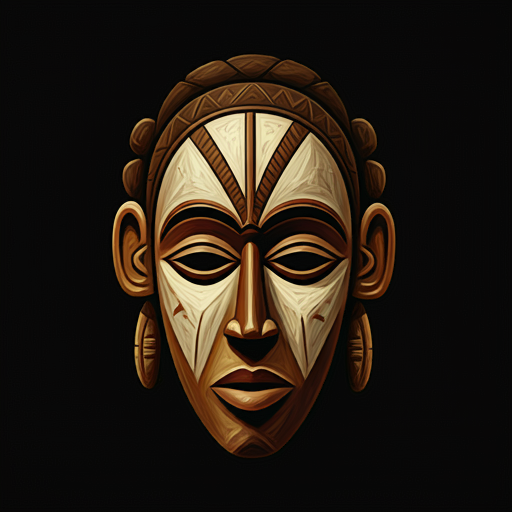
He drew heavily from African tribal art, especially from the masks and sculptures of West African cultures. This cross-cultural influence is a prime example of how modern art is a global dialogue, not just a Eurocentric conversation.
Abstract Expressionism: The American Takeover
Fast forward to the mid-20th century, and the art spotlight shifts to the United States. Enter Abstract Expressionism, with artists like Jackson Pollock and Mark Rothko leading the charge. This movement was all about raw emotion, freedom of expression, and breaking away from traditional forms.
But even here, cultural influences are evident. Many Abstract Expressionists were refugees from Europe, escaping the horrors of World War II. Their work reflected not only personal emotional turmoil but also a deep engagement with existential philosophy, much of which had roots in European thought. At the same time, they were also influenced by Native American art and the expansive landscapes of the American West.

2. African Influences: From Traditional to Contemporary
Africa’s rich cultural history has been a profound influence on modern art—not just through artists like Picasso borrowing elements, but through the emergence of African artists who are reshaping the global art scene.
Traditional African Art: The Roots of Modernism
African art has long been admired for its bold abstraction and symbolic depth. Traditional African masks, textiles, and sculptures have had a tremendous impact on European modernists, particularly in the early 20th century. The geometric forms, spiritual meanings, and raw expressiveness of African art resonated with artists seeking to break away from the strictures of realism.
Contemporary African Artists: A New Voice
In the contemporary art scene, African artists are no longer just subjects of inspiration but are global voices in their own right. Artists like El Anatsui from Ghana, known for his monumental sculptures made from discarded bottle caps, and Wangechi Mutu from Kenya, whose collages explore themes of post-colonialism and gender, are pushing boundaries and making waves internationally.
3. Asian Influences: A Blend of Tradition and Innovation
Asian art has a long, storied history, and its influence on modern art cannot be overstated. From the delicate brushstrokes of traditional Chinese ink painting to the bold, graphic styles of Japanese manga, Asian cultures have contributed significantly to the global art landscape.
Japanese Influence: From Ukiyo-e to Pop Art
Japanese art, particularly the Ukiyo-e woodblock prints, had a major influence on European artists in the late 19th and early 20th centuries. Artists like Vincent van Gogh and Claude Monet were famously inspired by the flat, decorative qualities of Japanese prints, which helped pave the way for movements like Impressionism and Post-Impressionism.
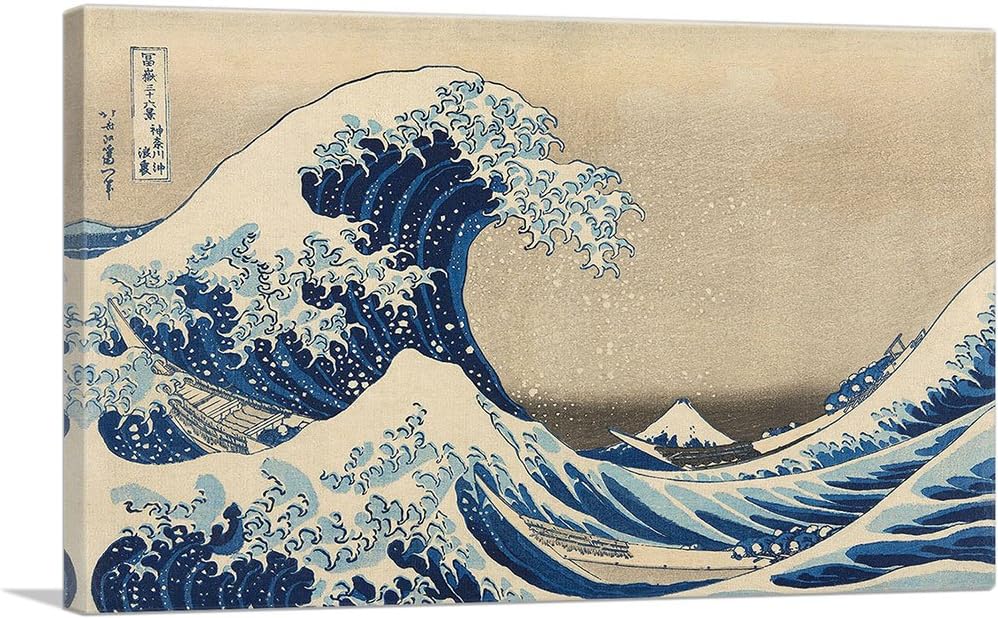
In the 20th century, Japanese pop culture and manga have become global phenomena, influencing modern art, fashion, and even fine art. Artists like Takashi Murakami have successfully blended traditional Japanese techniques with modern-day pop culture, creating a new genre of art that is both playful and profound.
Chinese Contemporary Art: Bridging the Past and Future
China’s contemporary art scene has exploded in recent decades. Artists like Ai Weiwei, known for his politically charged installations, and Cai Guo-Qiang, famous for his pyrotechnic displays, are globally recognized for their innovative and often controversial works. These artists draw from both China’s rich artistic traditions and the country’s rapid modernization, creating art that bridges the past and future.
4. Latin American Modernism: Politics, Identity, and Expression
Latin America has been home to some of the most politically charged art movements of the 20th century. From Diego Rivera’s powerful murals to Frida Kahlo’s deeply personal self-portraits, Latin American modernism is rooted in a quest for identity and social justice.
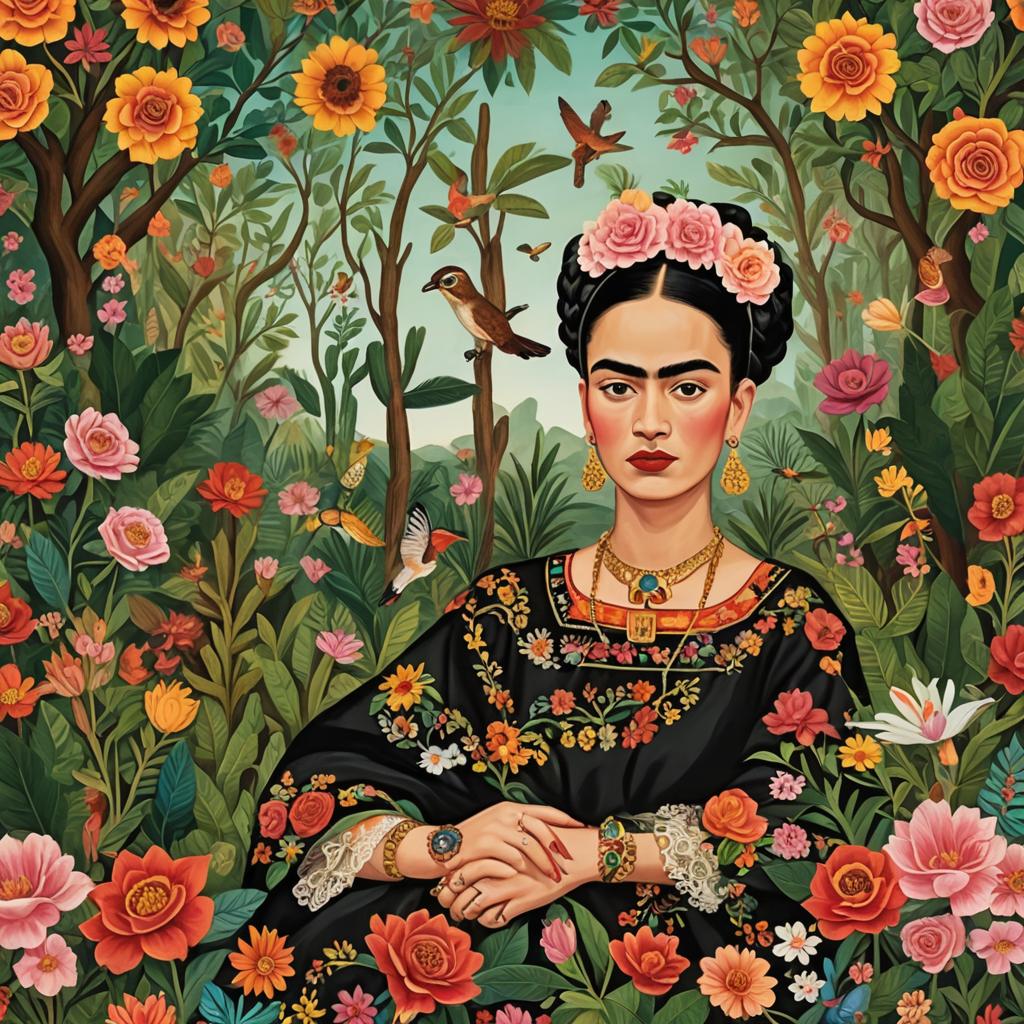
Mexican Muralism: Art for the People
The Mexican Muralist movement of the 1920s and 1930s was led by artists like Diego Rivera, David Alfaro Siqueiros, and José Clemente Orozco. These artists used large-scale murals to tell the stories of Mexico’s history, its revolution, and the struggles of the working class. Their work was deeply political, often critiquing colonialism, capitalism, and inequality.
This movement had a significant influence on American public art as well, inspiring the development of socially conscious art movements in the U.S., such as the Chicano Art Movement in the 1960s and 1970s.
The Surrealism of Frida Kahlo: A Personal and Political Perspective
No discussion of Latin American modernism would be complete without mentioning Frida Kahlo. While often linked with Surrealism, Kahlo was distinct in her ability to blend the personal with the political. Her art explored themes of identity, gender, and post-colonialism, all while reflecting deeply on her own physical and emotional pain. Kahlo’s work has become iconic, representing not just Mexican art but global feminist movements as well.
5. Middle Eastern and South Asian Influences: Tradition Meets Modernity
Modern art in the Middle East and South Asia is deeply rooted in tradition but is also highly responsive to contemporary issues such as war, displacement, and identity.
Iranian Modernism: The Intersection of Politics and Poetry
Iranian artists have made significant contributions to modern art, particularly in the face of political upheaval. Artists like Shirin Neshat use photography and video to explore themes of exile, gender, and the clash between tradition and modernity. Her work, often featuring stark contrasts between black-and-white imagery and Persian calligraphy, is as visually stunning as it is politically charged.
Indian Contemporary Art: A Global Conversation
India’s contemporary art scene is equally vibrant, with artists like Subodh Gupta and Bharti Kher making waves internationally. Gupta’s use of everyday Indian objects, like metal utensils and tiffin boxes, transforms the mundane into monumental sculptures that examine the country’s rapid modernization and globalization. Kher’s work, on the other hand, often incorporates traditional Indian motifs like the bindi, recontextualizing them in a global, feminist framework.
Conclusion: A Global Tapestry of Influence
As we’ve explored, modern art is not a monolithic entity but a rich, ever-evolving tapestry woven from the diverse threads of global cultures. Whether it’s the geometric abstraction of African masks, the delicate brushstrokes of Asian calligraphy, or the politically charged murals of Latin America, cultural influences are the lifeblood of modern art.
By engaging with different cultures, modern artists have created a worldwide dialogue that transcends borders and speaks to universal human experiences. So next time you visit a gallery or scroll through your Instagram feed, remember: behind every brushstroke or pixel lies a global story waiting to be told.

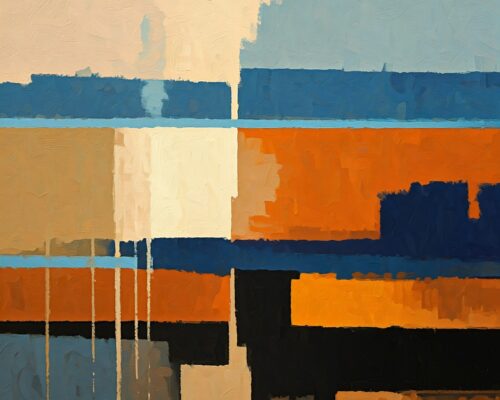
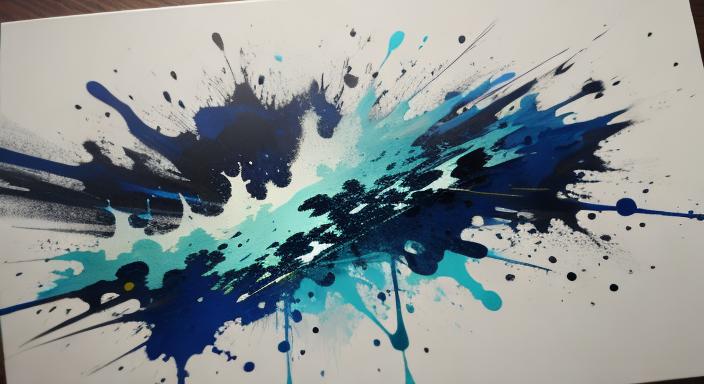
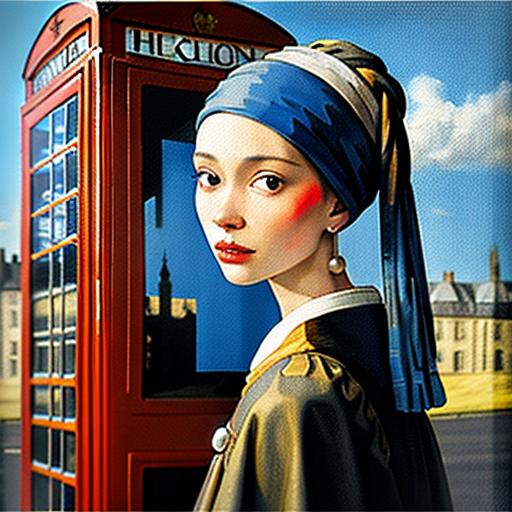
Pingback: Exploring the Impact of Global Art News on Modern Art – jesserose